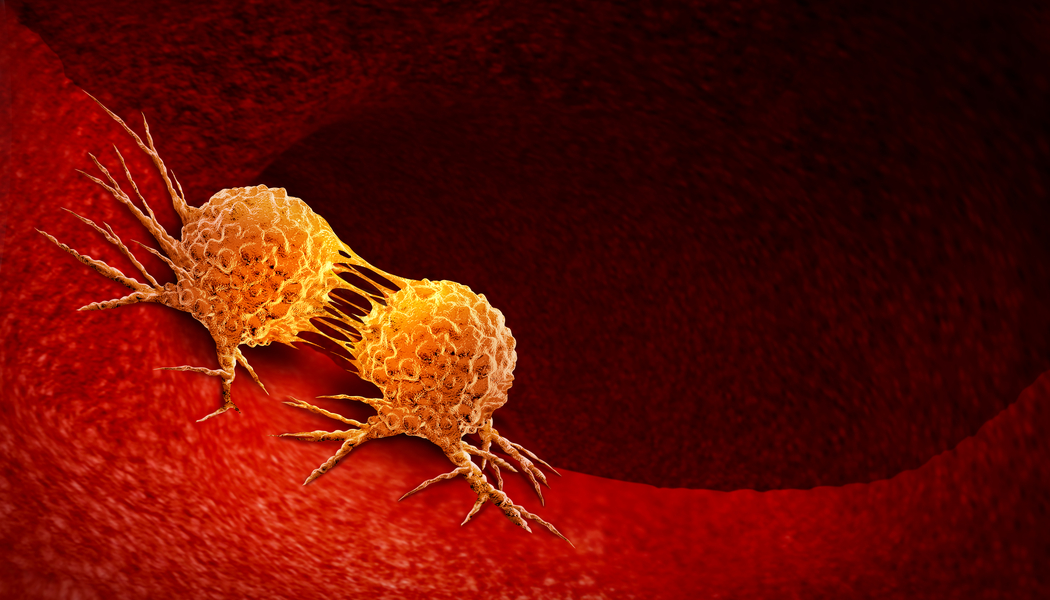Understanding the Role of Physical Traits of Cancer on Tumor Growth
To better understand tumor initiation and growth, National Foundation for Cancer Research (NFCR) Fellow Dr. Rakesh Jain and colleagues continue to investigate the role of the physical microenvironment surrounding cancer cells. When a tumor is growing, the tissues that surround the tumor are disrupted physically and biochemically. The outcomes of this disruption can manifest in a variety of ways. In a recently published study in Science magazine, Dr. Jain and his team propose four new hallmarks of cancer that contribute to tumor progression and treatment resistance:
- elevated solid stresses (compression and tension)
- elevated interstitial fluid pressure
- altered material properties, primarily increased tissue stiffness
- altered physical microarchitecture
Elevated Solid Stresses
Solid stresses are capable of compressing blood and lymphatic vessels—this results in impaired blood and oxygen flow which “interferes with the delivery and/or efficacy of chemo-, radio-, and immunotherapies.” One approach to alleviating stress is the use of matrix-degrading drugs as the matrix is where solid stresses are harbored.
Elevated Interstitial Fluid Pressure
Elevated interstitial fluid pressure (IFP) caused by leakage from the tumor can lead to “edema and elution of drugs and growth factors, facilitating invasion and metastasis.” Vascular normalization is one of several approaches used to remedy high IFP.
Tissue Stiffness and Physical Microarchitecture
Tissue stiffness, caused by “increased depositions and crosslinking,” is often used as a diagnostic marker. It leads to tumor progression by activating pathways that promote proliferation and invasiveness. Stiffness can be addressed by “developing mechanosensitive treatments.” Similarly, altered microarchitecture facilitates tumor progression by impacting gene expression and migration of surrounding cells.
Understanding the role of physical traits on tumor growth and treatment will allow these micro environmental impacts to be properly addressed. If traits that promote growth, which were once disregarded, are properly undertaken then tumor development can be inhibited. Furthermore, the reduction of solid stress, IFP, and stiffness could increase the efficacy of drugs that have the potential to be more effective. Identifying the negative effects of physical traits on tumors ensures that research is continued in an effort to mitigate them, ultimately leading to decreased metastasis and more efficient treatment.
Dr. Rakesh Jain, a recipient of NFCR funding since 1998, is the Andrew Werk Cook Professor of Tumor Biology and the Director of the Edwin L. Steele Laboratory for Tumor Biology at Massachusetts General Hospital. Dr. Jain’s research findings are now summarized in more than 600 publications and he has mentored more than 200 graduate and postdoctoral students from over a dozen different disciplines. Dr. Jain has spent his career analyzing changes in the microenvironment surrounding tumors and exploring how these changes impact the immune system.












